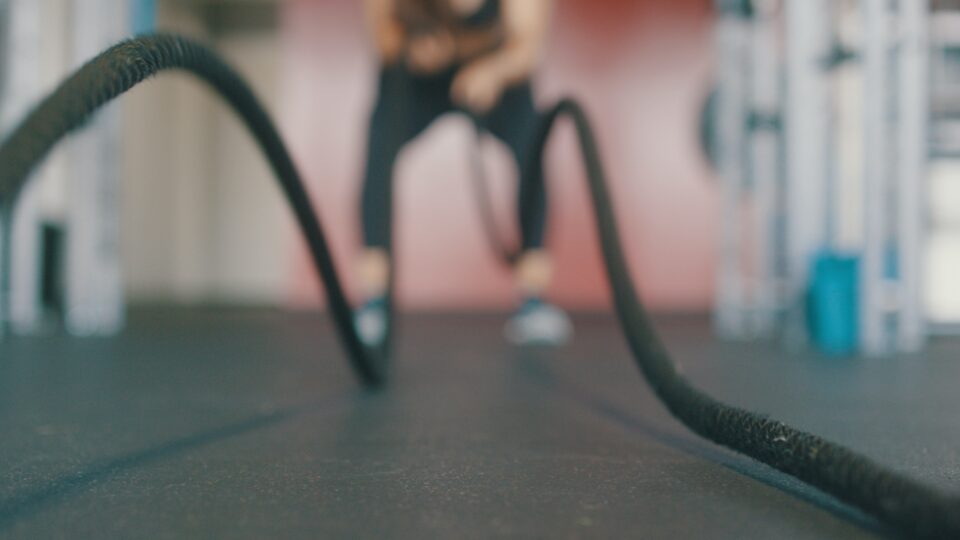Do you have 1 minute to exercise today?
The number 1 reason why people do not exercise is time. There are 1,440 minutes in a day; do you have 1 minute to spare?
You may have heard about High-Intensity Interval Training (HIIT), where you can achieve all the benefits of exercise in much less time. The harder and faster you go, the less time your workout requires. A study shows that 30 minutes a week of high-intensity interval training has the same fitness benefits as 150 minutes of traditional cardio (Gibala, 2016).
HIIT benefits include anti-aging, elevated metabolism, blood sugar balance, weight loss, lower blood pressure, improved insulin sensitivity, and increased feel-good hormones, such as serotonin (Gibala, 2016).
Interval training is defined as alternating bursts of intense exercise followed by periods of recovery, of which you can take complete rest or continue the activity at a lower intensity. The harder you go, the shorter duration and fewer intervals you need to do to obtain the benefits.
HIIT is versatile, and anyone from beginners to athletes can take advantage of it. HIIT can be applied to virtually any mode of exercise, including all cardio exercises as well as bodyweight and resistance training.
HIIT has been shown to improve cardiorespiratory fitness more than moderate-intensity exercise. A study by the University of Missouri-Columbia (2016) shows that a relatively high-intensity is superior in reducing stress and anxiety (contributing factors in heart disease).
A modified Borg scale of 1-10 is used to measure the intensity of your HIIT training. The Borg scale is based on your rate of perceived exertion.
- 1 would be a light intensity with hardly any exertion,
- 2-3 is a pace you feel you could hold for hours,
- 4-6 is moderate intensity, and your breathing is heavy,
- 7-8 is a vigorous pace and feels borderline uncomfortable,
- 9 intensity is difficult to maintain, and you can only speak a few words, and
- 10 is the max effort and feels almost impossible to keep going.
If you are new to HIIT workouts, start with just 1 minute of your favorite exercise done at a high intensity. HIIT can also be added to your walks as a way to increase calorie burn. Try varying your walking pace by toggling between 3 minutes of leisure walking and 3 minutes of fast walking.
A more advanced version of a HIIT workout is the 10-20-30. Pick your favorite cardio, body weight, or resistance exercise. After your warmup, go for 30 seconds at intensity 4, then go 20 seconds at intensity 6, then go 10 seconds at intensity 9. Repeat this cycle four additional times so that your high-intensity intervals total 5 minutes. Rest with light activity for 2 minutes. If you can, repeat with three more 10-20-30 blocks and then cool down (Gibala, 2016).
While the health risk of HIIT exercise is low because you are working to your own personal perceived exertion, you should always check with your medical professional before starting or changing an exercise program.
Add HIIT workouts to your fitness routine. The benefits far outweigh the loss of one of your 1,440 minutes in a day.
Photo by Chase Kinney on Unsplash
References:
Gibala, M, Ph.D. (2017). The One-Minute Workout. Penguin Random House: New York.
The University Of Missouri-Columbia. (2003, July 15). High-Intensity Exercise Best Way To Reduce Anxiety, University Of Missouri Study Finds. ScienceDaily. Retrieved December 31, 2020 from www.sciencedaily.com/releases/2003/07/030715091511.htm

